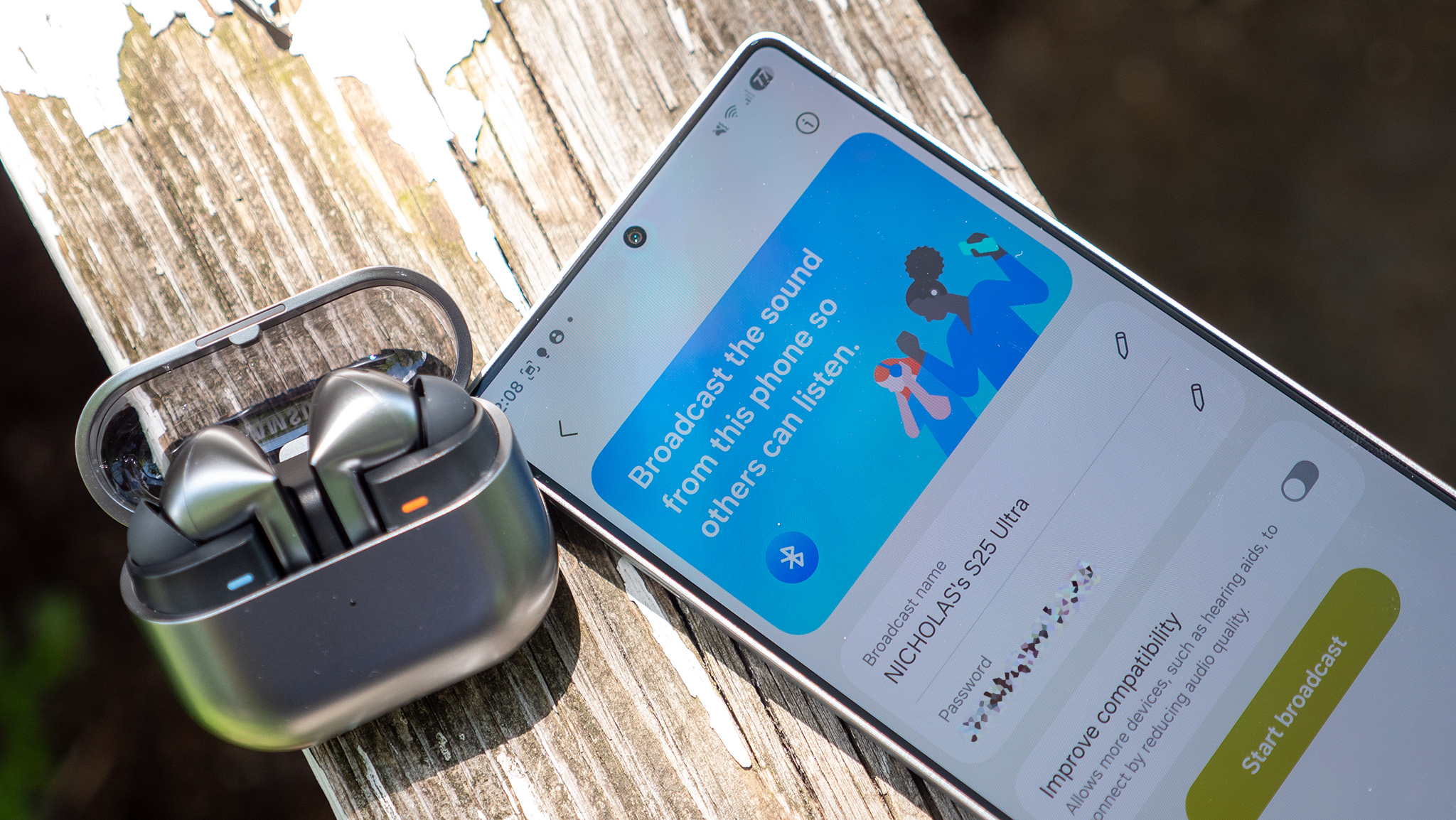The Pixel 3 should have had face unlock as an example for OEMs to follow

Google's Pixel 3 and 3 XL are easily the two best Android phones you can buy right now. They have gorgeous AMOLED displays, deliver a phenomenal software experience, and provide the best camera package currently available in a smartphone. Add that together with wireless charging, a fast fingerprint sensor, and proper water resistance, and you end up with one hell of a value proposition.
The Pixel 3 series isn't perfect, however, and one of its biggest omissions is a face unlock system. This is something we've seen other OEMs dabble with, ranging from Samsung to Honor, but for whatever reason, Google chose to completely sit this one out.
The Pixel 3 straight up ignores that face unlock is a thing.
The lack of face unlock may not seem like that big of a deal when looking at the Pixel 3 on its own, but when you consider that the Pixel series still serves as an example of what Google thinks Android phones should look and feel like, it becomes a much bigger problem.
Face unlock exists in the Android world but in a messy, non-organized manner. Samsung has its own version that uses a combination of iris scanning and facial recognition. OnePlus's face unlock isn't very secure, but works blazingly fast using just the front-facing camera. Some phones like the Oppo Find X rely solely on facial recognition and have ditched the fingerprint sensor entirely.
Some of these work really well while others could still use some time in the oven, but no matter how they perform, they all share one thing in common — they're mostly useless once you've moved past the lock screen. If you want to use your face to log into a password manager, banking app, or anything else, you're probably going to be out of luck. Samsung does have something called Samsung Pass that can use your fingerprint or face/irises to log into an app, but the support for it is so minimal that it doesn't really matter (not to mention that it only works on Samsung phones).

That's all to say that while face unlock does exist on Android, its implementation is sorely lacking. We've yet to see anything that even comes close to Face ID on the iPhone, but that's not so much the fault of Samsung, OnePlus, and other OEMs as it is Google's.
With Android 9 Pie, one of the new features is something called BiometricPrompt API. Here's what Google had to say about it on the Android Developers Blog:
Get the latest news from Android Central, your trusted companion in the world of Android
Starting in Android P, developers can use the BiometricPrompt API to integrate biometric authentication into their apps in a device and biometric agnostic way. BiometricPrompt only exposes strong modalities, so developers can be assured of a consistent level of security across all devices their application runs on.
In other words, this API makes it easier than ever for developers to offer biometric authentication with their apps for both fingerprint sensors and face unlock systems. Not only that, it cuts out the hard work for devs and provides a clear standard for what facial unlock data qualifies as strong enough for use beyond the lock screen.
The software is in place with Android Pie for Google to finally deliver something that can compete with Face ID, and if Google had created a secure facial unlock system on the Pixel 3 + 3 XL that other OEMs could model on their own phones, we'd be looking at a future where every Android phone can ship with the ability to use your face for unlocking it, logging into apps, and authenticating payments.
Instead, Google simply ignored that face unlock is a thing and stuck with the tried-and-true fingerprint sensor — giving other OEMs no clear example to follow for another year when it comes to facial recognition.

I don't expect fingerprint sensors to die out anytime soon, and looking at devices like the OnePlus 6T, it's evident that we're only going to see more phones that go the route of using slow optical in-display sensor. I'm fine with those sticking around for the interim, but it's time Google makes a concentrated effort on pushing a streamlined facial unlock system and perfecting it to the same level (if not better) than Face ID.
That's something that simply needs to happen if we want to keep pushing forward towards a future with no bezels. Here's to hoping Google addresses this with the Pixel 4.
Google Pixel 3 review: Fewer features make for incredible phones

Joe Maring was a Senior Editor for Android Central between 2017 and 2021. You can reach him on Twitter at @JoeMaring1.
